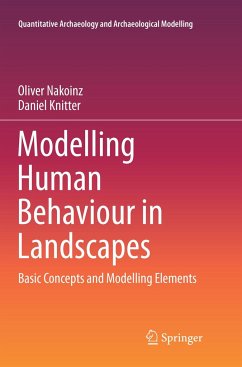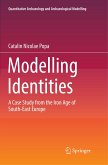This volume is designed as a 12-lecture textbook, which can serve as a course companion, self teaching guide and handbook for basic concepts. Each lecture comprises 20 pages, in which the methods are introduced, examples shown and the code is given. All examples are computed with open source software, mainly R, and with archaeological data available from the book's website.
The book does not describe elaborated high-end models but rather very basic modelling concepts that serve as components in more complex models. The book enables the reader to construct such models by themselves and be sensitive for certain problems. In addition it gives hints for the interpretation of the results.
Students are usually quick to apply fancy methods yet fail in the proper interpretation due to a lack of understanding of the underlying principles. This problem is addressed by the proposed book through three concepts:
1. Command line software forces the students to first learn some details before they are able to produce results on their own.
2. The book is focused on principles and methods. When the students understand a few basic principles, they have far better access to a wide range of related methods.
3. Examples of poor analysis highlight common pitfalls.
The volume attempts to be an applied, minimalistic and efficient textbook and is based upon several successful courses.
The book does not describe elaborated high-end models but rather very basic modelling concepts that serve as components in more complex models. The book enables the reader to construct such models by themselves and be sensitive for certain problems. In addition it gives hints for the interpretation of the results.
Students are usually quick to apply fancy methods yet fail in the proper interpretation due to a lack of understanding of the underlying principles. This problem is addressed by the proposed book through three concepts:
1. Command line software forces the students to first learn some details before they are able to produce results on their own.
2. The book is focused on principles and methods. When the students understand a few basic principles, they have far better access to a wide range of related methods.
3. Examples of poor analysis highlight common pitfalls.
The volume attempts to be an applied, minimalistic and efficient textbook and is based upon several successful courses.








